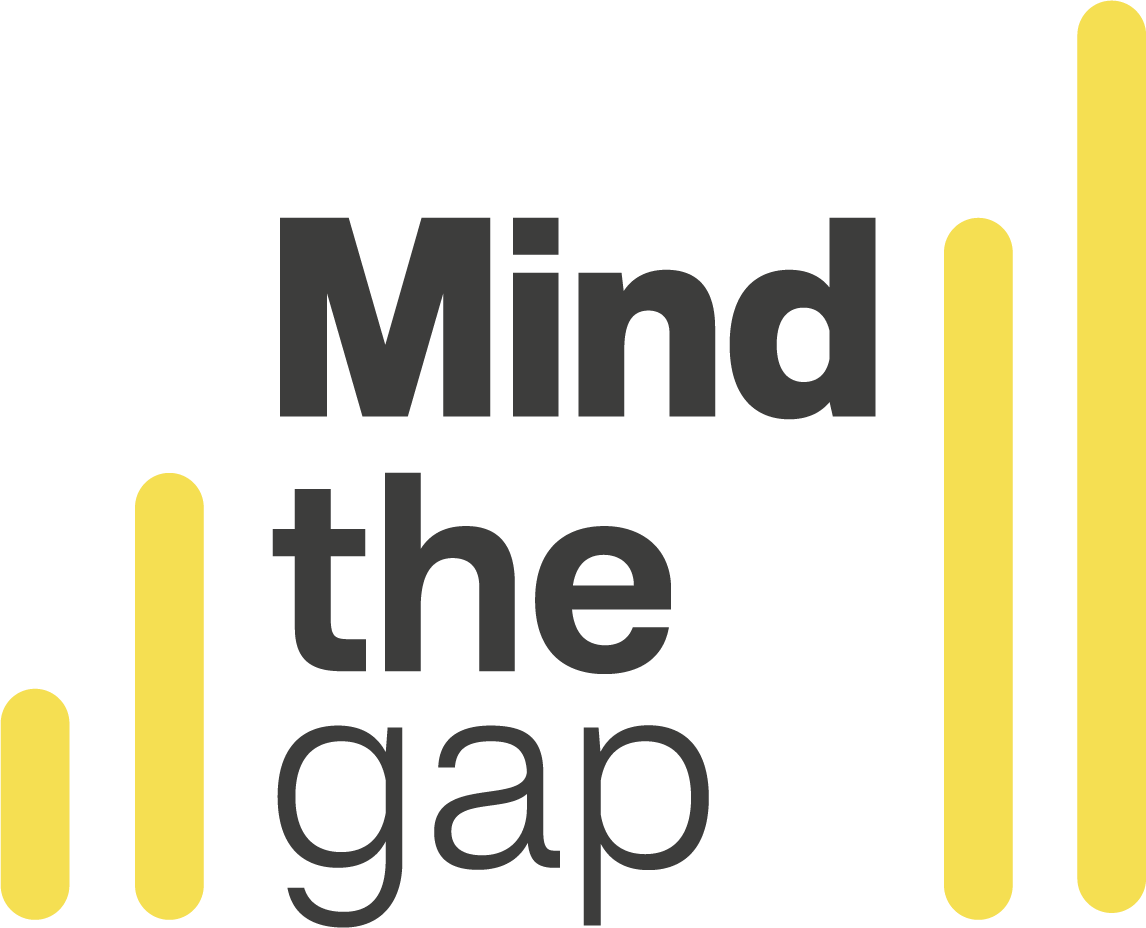
Stimulating engagement through virtual warm-ups
One of the issues raised frequently by the arts educators interviewed as part of the Mind the Gap research was a lack of human contact, barriers created by physical distance and ultimately, a decrease in engagement compared to in-person work.
However, it is possible to create human connections through a screen by leveraging the flexibility offered by digital tools, taking steps to mitigate screen fatigue, and thinking creatively. Integrating ice-breakers into online sessions can help promote group cohesion, stimulate engagement and counteract “Zoom fatigue” through activities such as games, songs, physical activity such as stretches, and group challenges.
“Doing physical warm-ups, keeping people moving and being as visual as possible is very important. We would get learners to all make a noise at the same time, do vocal sirens or sing Happy Birthday… Getting people to push their chairs back and wave their arms around was a constant throughout the sessions.”
Musical Virtual Lab: an online workshop series aimed at professional musicians
Aims of online icebreakers
Icebreakers and team building exercises help create a relaxed environment and enable participants to get to know each other and feel able to share ideas. This will create a feeling of shared ownership of the activity, build connections among the team and foster a productive atmosphere.
3 icebreaker ideas for online workshops
Smart Stories
Inspired by the project Carmen and the Other Extraordinary Girls
In this activity, participants in an online workshop introduce themselves to each other by presenting pictures on their mobile phone screens. The activity is wordless, enabling inclusion of people with less command of the workshop’s primary language.
Throw the magic ball
This is a useful exercise to get participants moving. The facilitator calls the name of a first participant and throws them an imaginary “ball”, using mime to show what kind of ball it is (large or small, heavy or light…).
That participant then “throws” it to someone else, using mime to transform it into another size, shape or weight.
Sketch your neighbour
Participants keep their cameras on, pick a neighbour, and grab a piece of paper and a pen. The group then has 20 seconds to sketch each other without looking at their paper.
Many people claim they can’t draw, and this exercise creates a feeling of vulnerability that reinforces group dynamics, builds an atmosphere of trust and helps participants relax.
Useful tools for stimulating engagement
Virtual whiteboards
Tools such as Miro, Padlet and Mural can help enable online participation and co-creation by providing participants with a common document on which to collaborate.
Messaging apps
“Using Slack for continual conversation and community building was exceptionally effective. As I was developing ideas, I could share them in real time, in a way that would happen organically in an in-person session. It allowed people to participate at their own pace at their own time.” Opera-tic - a digital opera co-created with people living with Tourette’s Syndrome
Having a second line of communication that participants can use to exchange outside of workshop time, therefore nurturing and maintaining relationships beyond project activities.
Real-time feedback apps
Tools such as Mentimeter or AhaSlides enable group participants to take part in online quizzes and polls and provide feedback about project activities in real time.
Related resources
Case study:
Carmen and the Other Extraordinary Girls: co-creating with women from Northern and Southern Italy
Musical Virtual Lab: an online workshop series aimed at professional musicians
Knowledge Hub:
Running a rehearsal online
Co-creating online
Mind the Gap report:
Key issue 4: Bridging the skills gap for educators
Key issue 5: Enabling digital participation



